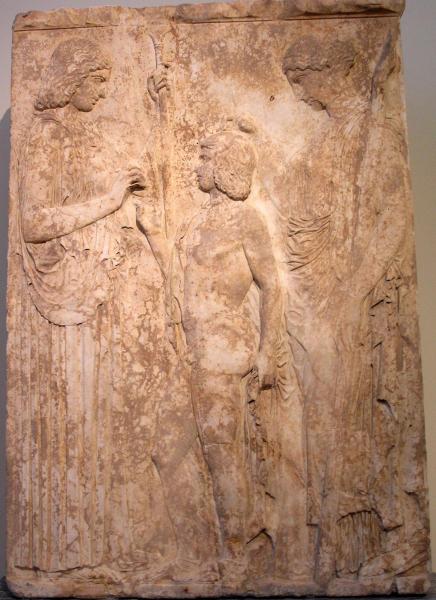- Read offline
- Access all content
- Build a list of your own favourites
- Search the contents with full-text search functionality
- ... and more!
sitári or sítos
σιτάρι or σίτος

Wheat. One of the essentials of Mediterranean agriculture, along with wine and olives, but always problematic in mountainous Greece, where barley was a more reliable crop. Thessaly with its plain and water was the land of the first Neolithic farmers, who were growing the earliest domesticated form of wheat, emmer or zeia by the 9th millennium BC.
Because wheat crops so often failed in ancient Greece (roughly every four years), grain imported from Egypt, Sicily and the Black Sea region was essential in times of drought. It was so important to Athens that trade in wheat was controlled by a special ‘grain buyer’ called a sitones. Beginning in the early 5th century BC, anyone who blocked the import of grain, or resold it for export faced the death penalty.
Image by Marsyas on Wikimedia Commons

